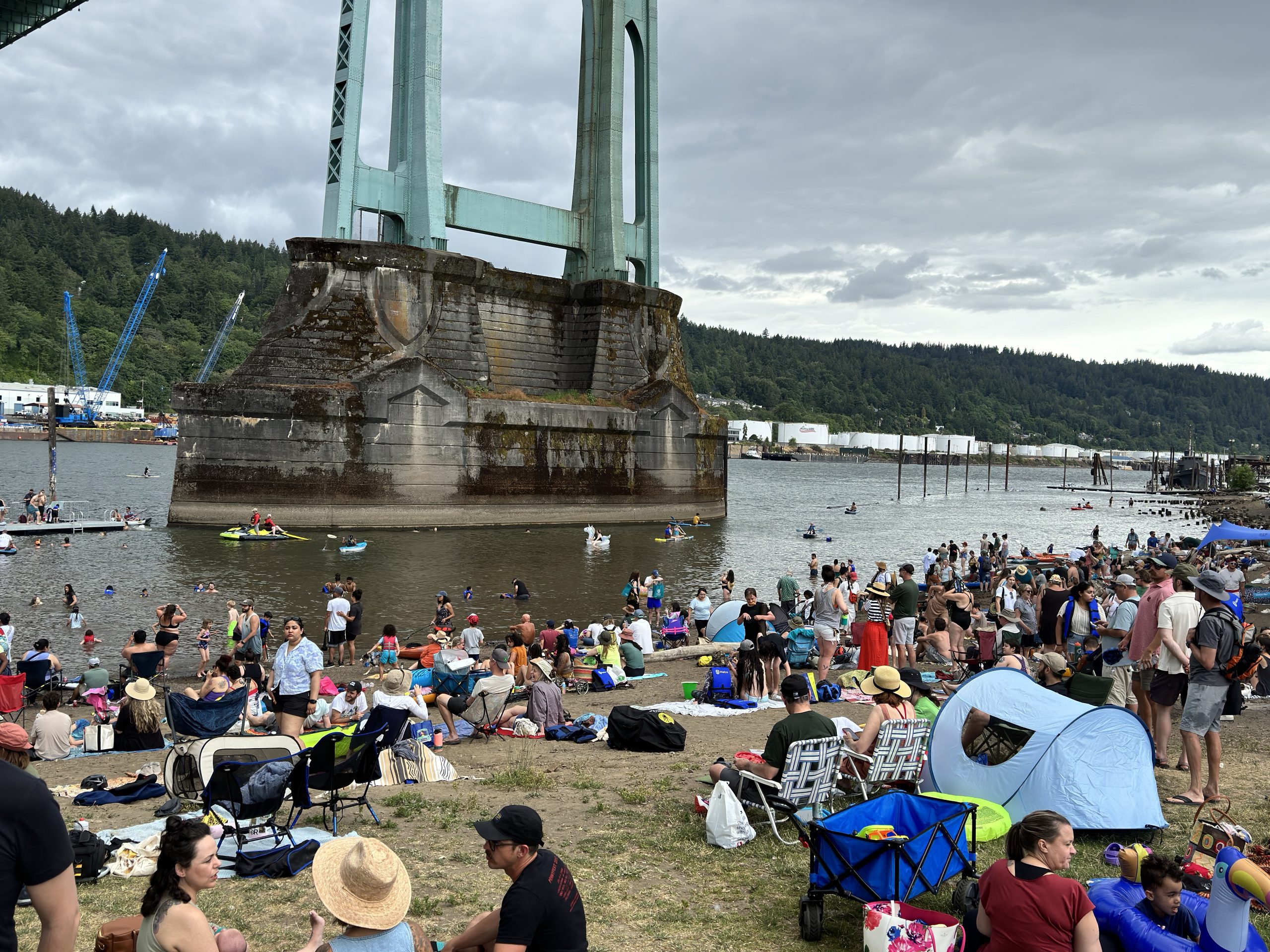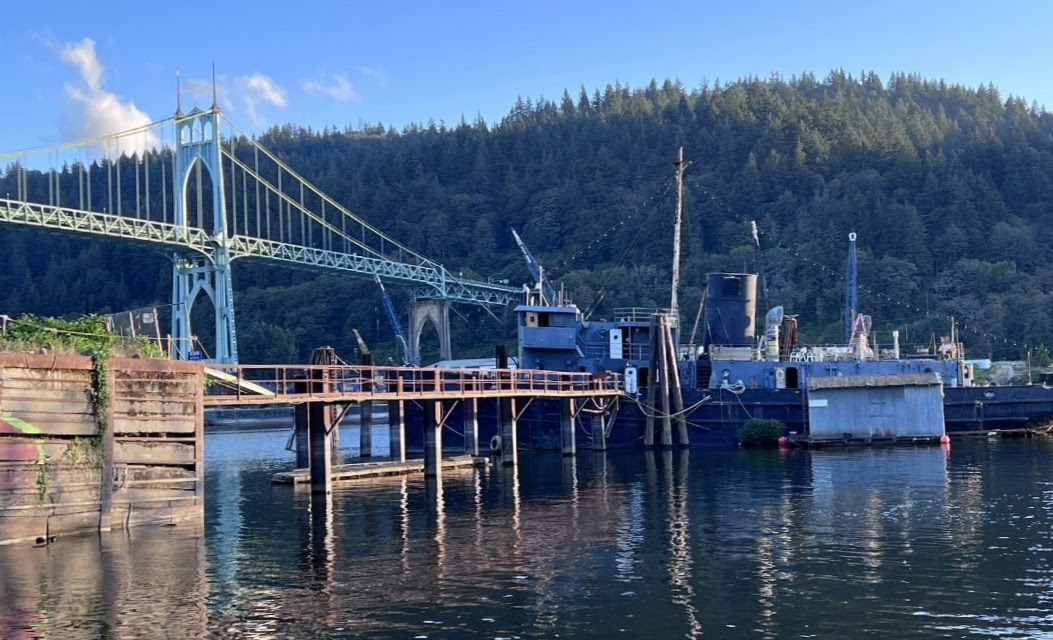Willamette River Cleanup
It’s Your River. It’s Your Voice. It’s Your Choice.
About the Portland Harbor Cleanup Site
The Portland Harbor Superfund Site spans 10 miles of the Lower Willamette River. The river sediments, surface water, and the fish that reside in the harbor have high levels of PCBs, PAHs, dioxins/furans, DDT and other pesticides which present an unacceptable risk to people’s health, especially subsistence and tribal fishers, and to the environment.
Under EPA cleanup plan, contaminated sediments at the site will be addressed through dredging, capping, enhanced natural recovery, and monitored natural recovery. Approximately 394 acres of sediment, out of 2,190 total acres in the site, will be actively remediated with dredging and capping, including removal of over three million cubic yards of contaminated sediments. Approximately 1,774 acres of the site with lower contaminant levels are expected to recover naturally over time.
Active cleanup construction work is expected to take about 13 years and cost $1 billion. Following the active cleanup construction phase, EPA expects a 100-fold reduction in contamination-related cancer and other serious risks. The river’s natural recovery process will further reduce these risks.



